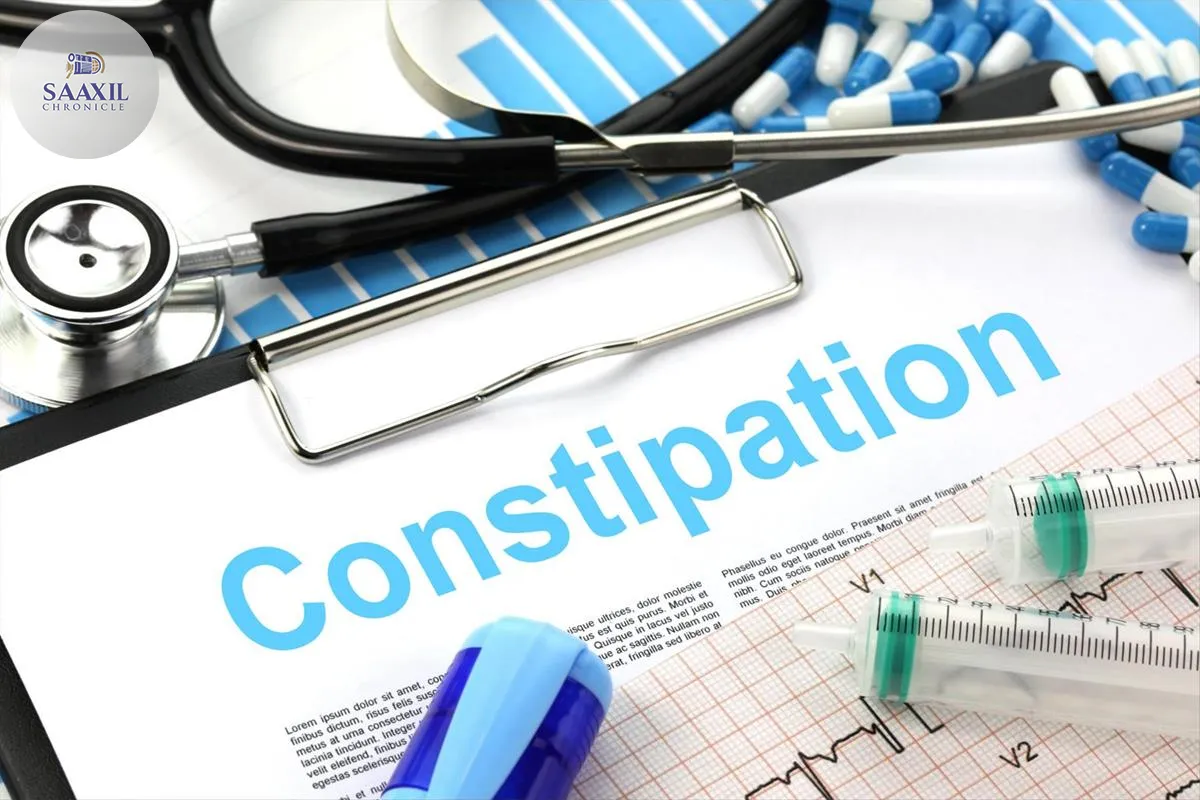The NHS has achieved a significant milestone by reducing the average waiting time for tests and checks to its lowest level in five years. New data reveals that patients now wait an average of 17 days, a substantial decrease from the peak of the pandemic when waiting times soared to 60 days. This achievement marks a critical improvement in the NHS’s ability to deliver timely healthcare services, reflecting the dedication and efficiency of its staff.
The reduction in waiting times is a crucial development for patients and healthcare professionals alike. With waiting lists steadily decreasing, the NHS is better positioned to provide timely diagnoses and treatments, improving patient outcomes. This progress is particularly remarkable given the immense pressures the NHS faced during the pandemic, which strained resources and led to unprecedented delays.

Strategic Efforts Drive Down Waiting Times
The reduction in waiting times is the result of strategic efforts by the NHS to streamline processes and increase efficiency. By implementing innovative scheduling systems and increasing staff capacity, the NHS has managed to significantly cut down the backlog of patients awaiting tests and checks.
Dr. Sarah Thompson, a senior healthcare analyst, highlights the importance of these measures: “The NHS’s ability to adapt and optimise its operations has been key to reducing waiting times. By leveraging technology and improving resource allocation, the NHS has made substantial progress in addressing the backlog.”
The NHS has also focused on expanding its workforce and improving training programmes to ensure staff are well-equipped to handle increased demands. This approach has not only reduced waiting times but also enhanced the overall quality of care provided to patients.
Impact of the Pandemic on Waiting Lists
The COVID-19 pandemic had a profound impact on the NHS, leading to a dramatic increase in waiting times for tests and checks. During the height of the pandemic, the NHS faced overwhelming demand, with resources diverted to manage the crisis. As a result, non-urgent procedures and routine tests were delayed, causing waiting lists to swell.
Dr. James Carter, a leading healthcare expert, notes the challenges faced by the NHS: “The pandemic stretched the NHS to its limits, and the subsequent backlog was a significant hurdle. The recent reduction in waiting times is a testament to the resilience and adaptability of the NHS.”
The NHS’s efforts to address the backlog have been supported by government funding and policy initiatives aimed at enhancing healthcare delivery. These measures have played a crucial role in enabling the NHS to recover and improve service delivery post-pandemic.
Technological Innovations Enhance Efficiency
Technological innovations have been instrumental in reducing waiting times within the NHS. The adoption of digital health tools and advanced scheduling systems has streamlined operations, allowing for more efficient management of patient appointments and test scheduling.
The implementation of electronic health records and telemedicine platforms has also contributed to improved efficiency. These technologies have enabled healthcare providers to prioritise urgent cases and manage patient flow more effectively, reducing unnecessary delays.
Professor Emily Roberts, a healthcare technology specialist, emphasises the impact of these innovations: “Technology has revolutionised the way the NHS operates, allowing for more precise scheduling and resource allocation. These advancements have been pivotal in reducing waiting times and improving patient care.”
Future Prospects for NHS Service Delivery
The reduction in waiting times is a positive indication of the NHS’s capacity to adapt and improve service delivery. As the NHS continues to implement strategic initiatives and embrace technological innovations, there is potential for further improvements in healthcare efficiency.
Looking ahead, the NHS aims to sustain these advancements and continue reducing waiting times across all services. By focusing on continuous improvement and leveraging data-driven insights, the NHS is well-positioned to enhance patient care and meet evolving healthcare needs.
Dr. Lisa Morgan, a public health policy expert, underscores the importance of ongoing efforts: “The NHS must maintain its momentum and continue prioritising efficiency and innovation. By doing so, it can ensure that patients receive timely and high-quality care.”
The achievements in reducing waiting times reflect the dedication and perseverance of NHS staff and the effectiveness of strategic initiatives. As the NHS moves forward, maintaining this progress will be essential to delivering exceptional healthcare services and meeting the needs of patients across the UK.




